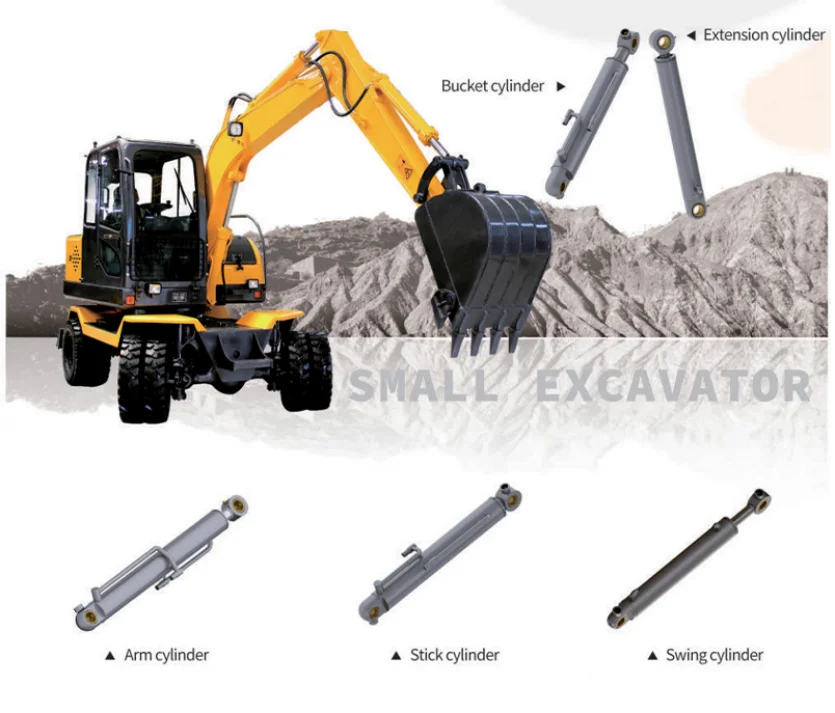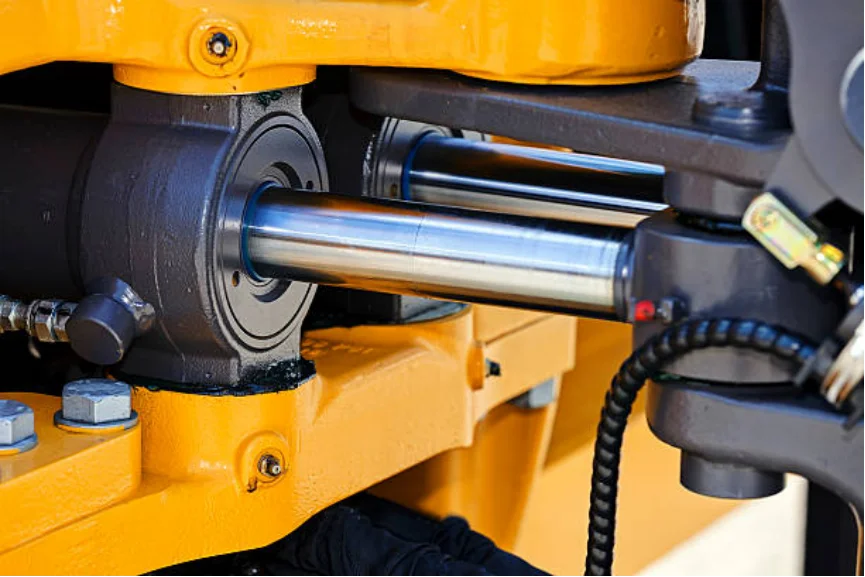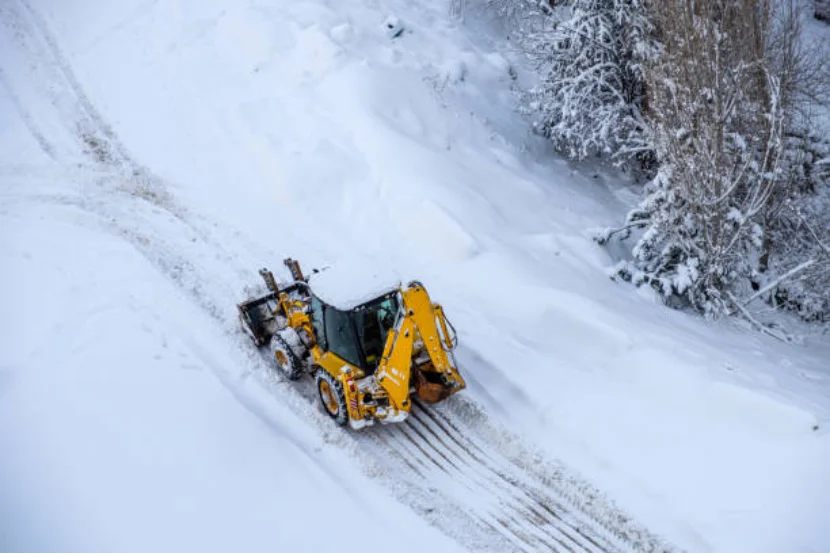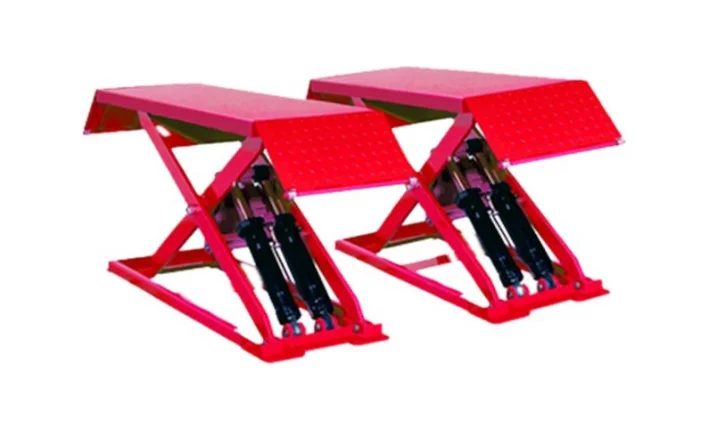Key Factors When Selecting a Hydraulic Cylinder for Excavator
Compatibility with Excavator Model and Specifications
Choosing the best hydraulic cylinder for excavator starts with making sure it fits your machine like a puzzle piece. Every excavator has its own size, strength needs, and connection points. A bad match can cause trouble installing, weak digging, or even damage your gear. For example, a cylinder for a small excavator won’t survive the heavy work of a bigger one.
Hydraulic cylinders for excavators are super important parts. They give the strong, straight push for all kinds of jobs. So, picking one that works perfectly with your machine’s setup is a big deal.
Load Capacity and Operating Pressure Requirements
Excavators lift heavy stuff with lots of force. The cylinder you pick needs to handle the system’s strongest push. If it’s too small, it might break or not do the job right.
Hydraulic cylinders for excavators are tough as nails. They’re built to take on big pressure and heavy tasks while staying steady. Always check how much weight it can lift and its pressure limit before you buy.
Stroke Length and Bore Size Considerations
Stroke length is how far the cylinder’s rod can stretch or pull back. This decides how much your boom, arm, or bucket can move. Bore size sets the power—bigger bores mean more strength, but they need more fluid to run.
Getting the right balance of stroke and bore size keeps your machine working smoothly. It stops the pump from overworking or slowing you down.
Mounting Style and Installation Space
The way the cylinder connects—clevis, flange, or trunnion—has to match your excavator’s design. Also, check the space where it’ll fit. Some machines have tight spots that can’t handle big cylinders.
A wrong mount can make things shaky or uneven. Always double-check the fit and space before you decide.
Performance Criteria for Hydraulic Cylinder for Excavator
Material Strength and Corrosion Resistance
Excavators work in messy spots—muddy fields, rainy days, or dusty areas. The material of your hydraulic cylinder for excavator is a big deal. Cylinders made from strong steel with rust-proof layers, like chrome plating, hold up way longer.
In cold weather, metal can get brittle and crack. Pick materials that stay tough in any temperature, hot or cold.
Seal Quality and Leakage Prevention
Seals are tiny but do a huge job. Weak seals leak, which makes the cylinder less powerful and wears it out fast. Strong seals fight off scratches, heat, and dirt.
Bad seals cause leaks inside, leading to choppy moves or uneven power. Choose hydraulic cylinders for excavators with top-quality seals that last through long, hard jobs.
Temperature and Environmental Tolerance
Excavators deal with freezing winters and scorching summers. Your hydraulic cylinder for excavator has to work well in both. Swollen seals or thick fluid can slow things down or cause problems.
Bad weather can shorten a cylinder’s life and make it less reliable. Go for cylinders made with materials that handle big temperature swings to avoid breaking early.

How to Match a Hydraulic Cylinder to Your Excavator’s Functionality
Boom, Arm, and Bucket Cylinder Requirements
Each part of an excavator—boom, arm (or stick), and bucket—needs different power and reach:
Boom cylinders need long strokes to lift stuff high.
Arm cylinders need medium strokes but extra strength.
Bucket cylinders need short, strong strokes for deep digging.
Matching each cylinder to its task keeps your machine steady. It stops any part from getting overworked.
Choosing the Right Cylinder Based on Application Demands
Every job is different. Demolition needs raw power. Landscaping wants careful control. Mining calls for toughness in rough spots.
Hydraulic cylinders for excavators are cool tools that turn fluid power into straight movement. Pick ones made for your job—like extra-strong rods for rocky sites or rust-proof finishes for wet places, like digging near rivers.
Balancing Power, Speed, and Efficiency
Big cylinders pack more power but can slow things down since they need more fluid. Small ones are quick but might not be strong enough. You want a balance:
Right bore size = enough strength.
Good stroke length = enough reach.
Proper flow rate = smooth speed.
Having a way to control speed is always a smart move for your excavator.
Maintenance Considerations When Choosing a Hydraulic Cylinder for Excavator
Ease of Servicing and Replacement Parts Availability
Downtime on a job site costs a lot. Pick hydraulic cylinders for excavators that are easy to fix, with simple access to parts like seals or rod ends. Make sure spare parts are easy to find nearby or from trusted suppliers like Shining Hydraulic’s “hydraulic cylinder for construction machinery.”
Regular checks, fluid swaps, and seal changes catch issues early. This keeps big problems or safety risks away.
Expected Lifespan and Durability Under Heavy Use
Tough jobs need rugged designs. Choose cylinders made from sturdy materials with heat-treated parts that hold up after hours of hard digging.
If built right, hydraulic cylinders for excavators can last years in rough conditions with good care. Spending more on quality now saves money on replacements later.
Common Maintenance Challenges in Excavator Applications
Common problems include:
Seal wear from dust sneaking in.
Rod scratches from debris.
Dirty fluid causing clogs.
Overheating during long tasks.
Dirty fluid can block flow and mess things up. Cleaning around the rod often helps your cylinder last longer.
The Role of Manufacturer Support in Selecting the Right Hydraulic Cylinder
Importance of Technical Consultation and Customization Options
No two job sites are the same, and neither are your machine’s needs. Manufacturers that offer custom cylinders give better fits than standard ones. For example, Yantai Shining Hydraulic Technology CO.,LTD Customization Service builds hydraulic cylinders for excavators to match your machine’s details. Their team works with you to make systems that work better and save energy.
Evaluating Product Certifications and Industry Standards Compliance
Check if cylinders meet big standards like ISO 6022, ISO 6020, or ISO 15552, or have CE certifications. These show the cylinder can handle tough tests in all kinds of conditions, from high-pressure jobs to bad weather.
Pick manufacturers known for top-notch hydraulic cylinders for excavators that follow industry rules.
After-Sales Service, Warranty, and Spare Parts Support
A manufacturer’s help doesn’t stop after you buy. Good support keeps you worry-free while working. Fast access to spare parts cuts downtime when something breaks from mistakes or tough sites.
Yantai Shining Hydraulic Technology CO.,LTD, based in Yantai Economic and Technological Development Zone—the Yantai Area of Shandong Free Trade Zone, China—is a top player in hydraulic engineering.
Frequently Asked Questions (FAQ)
What type of hydraulic cylinder is used on an excavator?
Excavators usually use double-acting welded hydraulic cylinders for excavators. These are made as boom, arm/stick, or bucket cylinders, depending on where they fit on the machine.
How do I know what size hydraulic cylinder my excavator needs?
Start with your machine’s manual. Then match the bore size (for power), stroke length (for reach), mounting style (for fit), and pressure rating (for compatibility) to your job, like digging or grading, using a hydraulic cylinder for excavator.
What causes frequent seal failure in excavators?
Seals fail because of:
Dirty fluid letting debris into seals.
Bad setup.
Too much side pressure.
Extreme cold or heat making seals brittle.
Cheap materials not fit for tough jobs.
Can I replace just one cylinder instead of all three?
Yes, but make sure it matches the original specs exactly—size, strength, and performance. This stops uneven work across the boom, arm, or bucket, which could stress other parts.
How often should I service my excavator’s hydraulic cylinder?
Check it weekly with quick looks. Change fluids every 500 hours (or as the manual says). Swap seals yearly—or sooner if you see leaks or hear odd noises during tough jobs.








